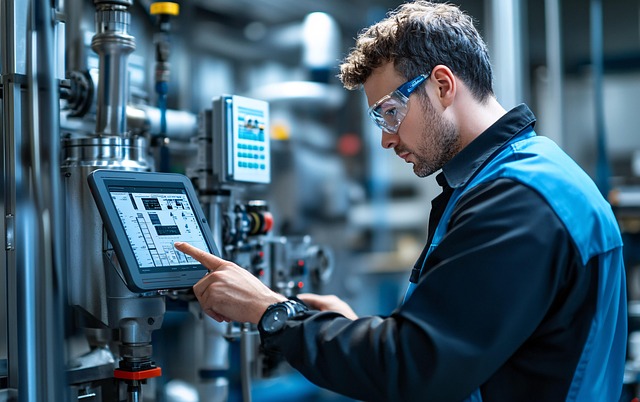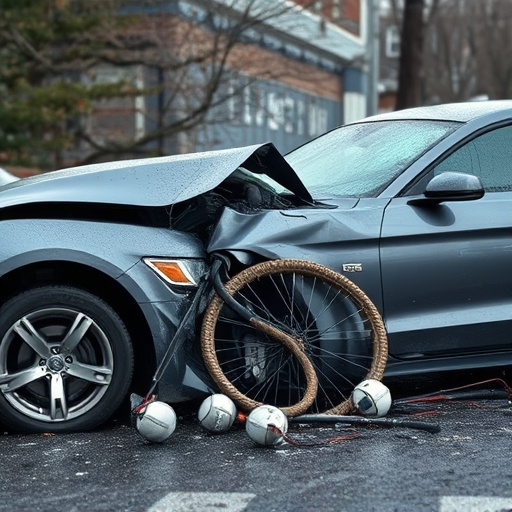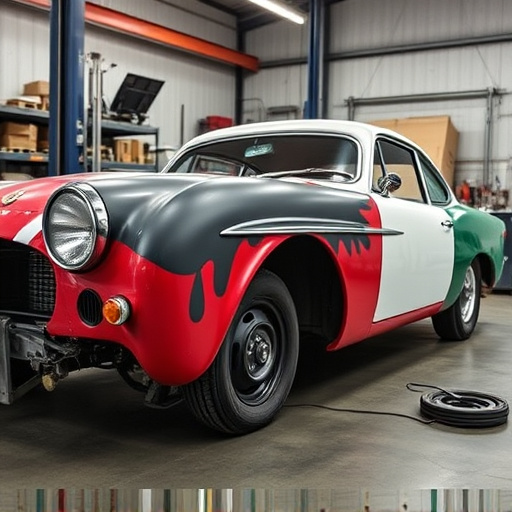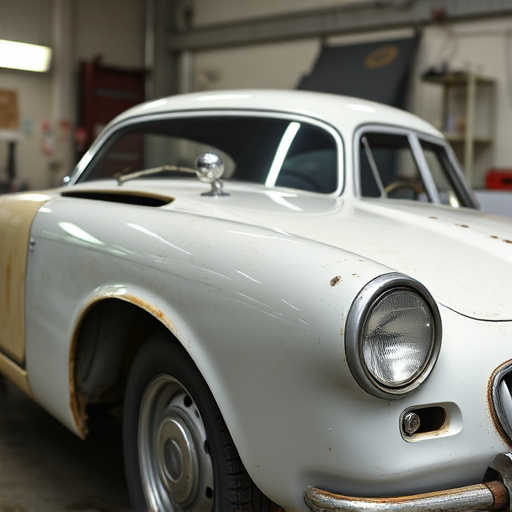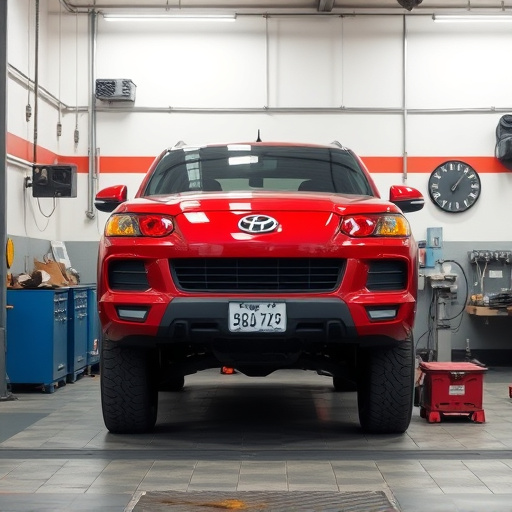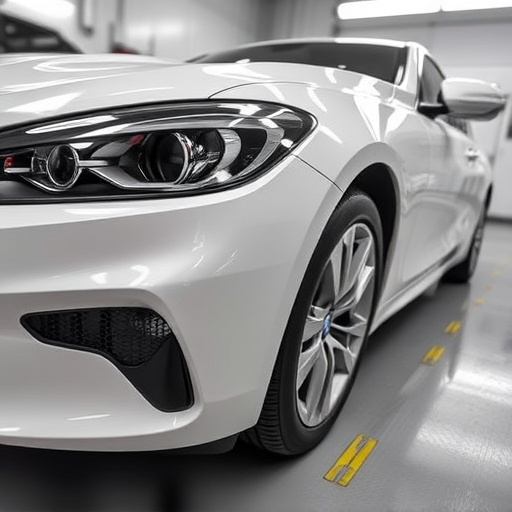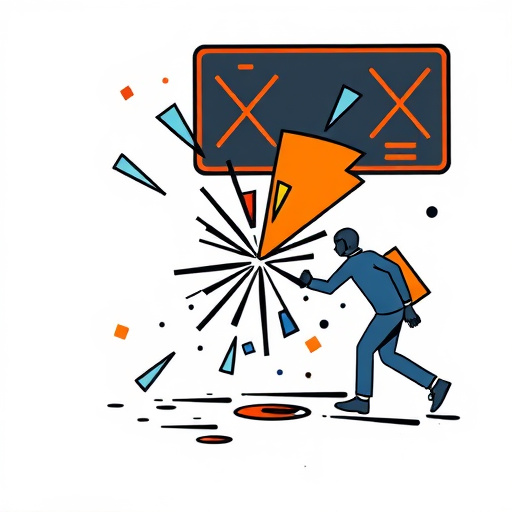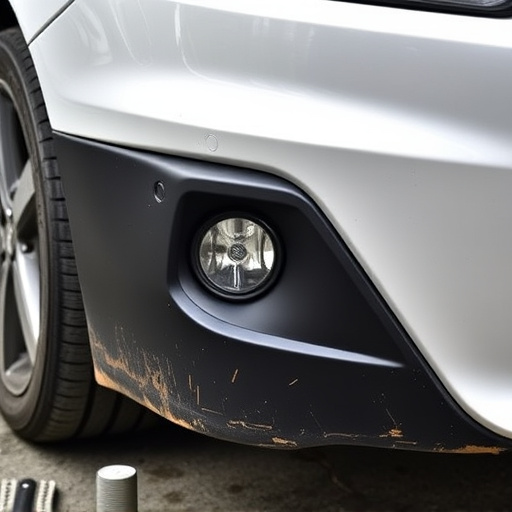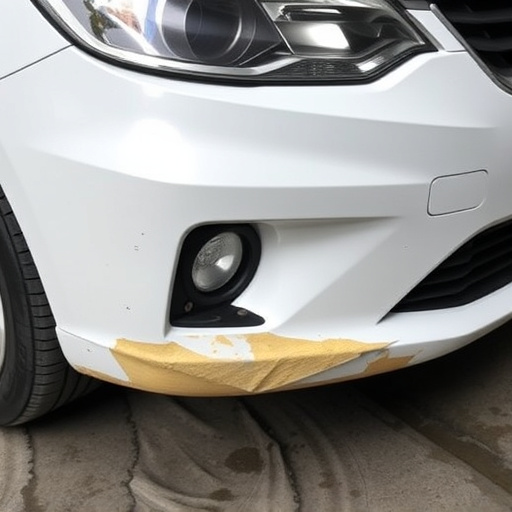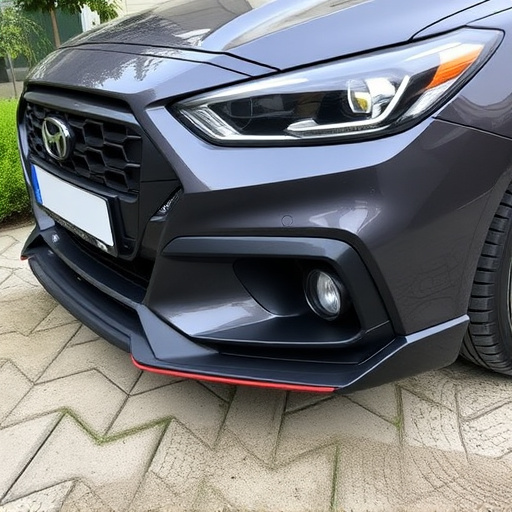Antique auto restoration involves meticulous research using vintage photos, archives, and expert insights to accurately recreate historical vehicles. Restorers study old repair manuals, period images, and original specifications for visual and structural authenticity, preserving the unique history and value of these classics. Specialized bodywork services are essential for maintaining historical accuracy and intricate details.
In the intricate world of antique auto restoration, accuracy is paramount. Research serves as the cornerstone, ensuring these vintage vehicles are meticulously reclaimed to their former glory. This article explores three vital aspects: understanding the historical context and secrets behind antique autos, employing precise research methods to replicate old techniques, and preserving authenticity through meticulous documentation and reference materials. By delving into these elements, restorers can ensure the accuracy of each restored antique auto.
- Understanding Antique Auto History: Unlocking Restoration Secrets
- Research Methods: Accurately Replicating Past Techniques
- Preserving Authenticity: The Role of Documentation and Reference Materials
Understanding Antique Auto History: Unlocking Restoration Secrets
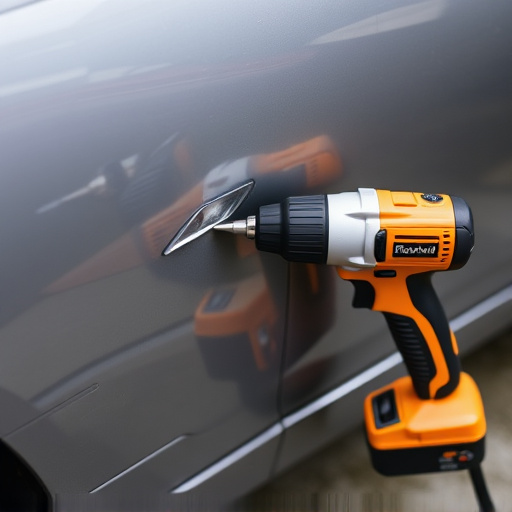
Unraveling the history of an antique auto is akin to solving a complex puzzle; each piece reveals crucial restoration secrets. It’s not merely about aesthetics but understanding the vehicle’s past, its era, and original design nuances. This historical context guides restorers in making accurate decisions during the restoration process, ensuring that every detail aligns with the vehicle’s authentic self.
Delving into this history involves meticulous research, from studying vintage photographs to consulting archives and even speaking with long-time enthusiasts. These efforts uncover insights into the car’s original features, materials used, and common modifications made over time. For instance, knowledge of period-specific auto glass repair techniques or paint formulas can significantly impact the restoration outcome, ensuring both visual accuracy and structural integrity.
Research Methods: Accurately Replicating Past Techniques
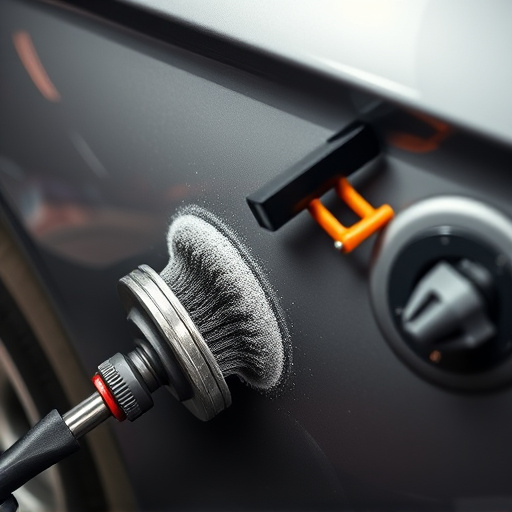
In antique auto restoration, accurately replicating past techniques requires meticulous research. Restorers must dive into historical archives, consult with automotive experts, and study original manufacturing processes to capture every nuanced detail. This involves scrutinizing period photographs, examining surviving vehicles, and delving into technical manuals from the era. By combining these methods, restorers can gain a deep understanding of the tools, materials, and methods used in the past, ensuring that each restored antique auto becomes a testament to its original glory.
Moreover, leveraging specialized car bodywork services plays a crucial role in preserving historical accuracy. Collision repair services with a focus on vintage vehicles offer the precision and skill needed to handle the intricate details of antique autos. These services not only ensure structural integrity but also maintain the aesthetic beauty that defines these classic cars. In summary, successful antique auto restoration demands both comprehensive research and specialized car bodywork, fostering a symphony of historical preservation and meticulous craftsmanship.
Preserving Authenticity: The Role of Documentation and Reference Materials
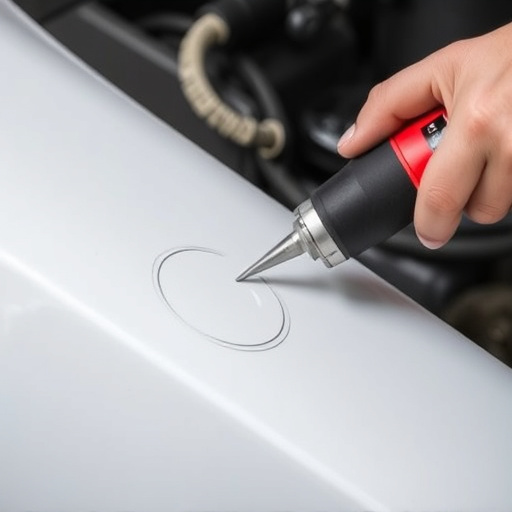
In the meticulous world of antique auto restoration, preserving authenticity is paramount. Every detail matters when revitalizing vintage vehicles to their former glory. Documentation and reference materials play a pivotal role in this process, acting as a roadmap for restorers to accurately recreate historical precision. These resources, which can include ancient repair manuals, period photographs, and original specifications, serve as invaluable guides that help restorers make informed decisions while avoiding modern misinterpretations.
By leveraging these historical references, skilled technicians can navigate the complexities of autobody repairs on luxury vehicles or those requiring collision repair, ensuring the restored antique auto maintains its authentic aesthetic and structural integrity. This meticulous approach not only preserves the vehicle’s history but also safeguards its value for future generations of car enthusiasts.
Accurate antique auto restoration demands a deep understanding of historical context, precise research methods, and meticulous documentation. By combining thorough investigation into past techniques with careful preservation of authenticity, restorers can ensure that these classic vehicles are not only restored to their former glory but also maintain their historical value. Research plays a pivotal role in achieving this balance, allowing us to honor the past while respecting the art of antique auto restoration.
